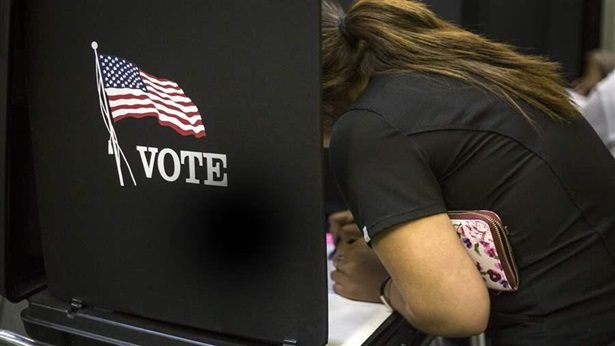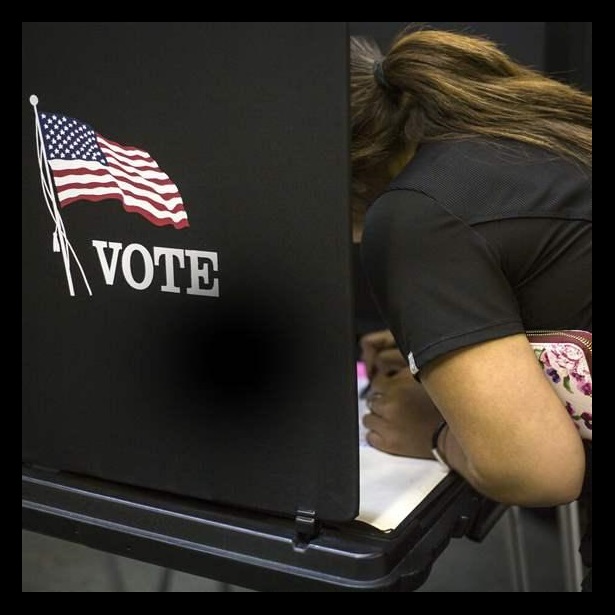Virginia Builds a More Effective Motor Voter System
Better efficiency, lower costs are hallmarks of upgraded registration process
During summer 2016, Virginia’s Department of Motor Vehicles (DMV) completed an upgrade to its Motor Voter process for in-person and online transactions. State officials leveraged a larger effort to modernize the DMV’s core services to streamline and standardize the interagency voter registration process, including building a realtime electronic connection between departments, revising the registration application to be more inclusive, and largely eliminating the use of paper.
Previously, all voter registration activity at DMV branches and other state agencies covered by the National Voter Registration Act was voter-initiated and conducted using paper applications that were mailed to the state’s Department of Elections for processing.
When upgrading its Motor Voter process, Virginia leveraged its existing online voter registration system, which already linked the two agencies, making the new DMV procedure easier to navigate and less costly to operate.
Policy considerations
Early on, state officials identified three policy priorities that would guide the design of the new system:
- Streamlining practices across agencies. Previously, the DMV’s process and requirements for its core business transactions differed from those at the Department of Elections. For example, a person could legally reside in another state but still be eligible to hold a Virginia driver’s license. But had the DMV applied those procedures to voter registration, it would have created a potentially fraudulent condition. Unifying processes across the DMV and Elections required a commitment of time, personnel, and resources from both agencies. Virginia statute requires specific data collection and wording on the voter registration application form (including that certain questions be presented in all capital letters). Officials from the DMV and Elections worked together to draft language that complied with all relevant state and federal laws.
- System audits. DMV administrators conduct daily audits of the Motor Voter process at every branch. Previously, those audits were done by hand—an immensely time-consuming task. If an application was missing, the DMV would send a new paper form to the customer via the Postal Service. Under the new Motor Voter process, the automated system reconciles all transactional data electronically and issues a daily email report to administrators identifying any abnormalities or errors. Administrators need only address problematic records, freeing up significant staff time.
- Customer satisfaction. Before beginning the upgrade, the DMV conducted a survey of customer service centers and held focus groups with employees to gauge how customers reacted to the old system and what questions they asked, and then incorporated that feedback into the final upgrades.
Technical designs
Virginia’s system still requires that voters affirmatively choose to initiate a registration application, but guided by the policy considerations, the state took steps to address several technical inefficiencies in its system:
- In person. As part of an earlier update to the systems that manage its core licensing and titling services, the DMV had installed touch-screen devices at all customer service stations. However, the software and hardware are proprietary, and the vendor did not have software to program the devices for voter registration purposes. To ensure that the new technology could be used for registration purposes, the state negotiated with the vendor to allow the state to do limited in-house programming of the devices.
- Online. Although Virginia has had online voter registration since 2012, before the Motor Voter upgrade, Virginians who wanted to register to vote when applying for a new or renewed license online through the DMV had to print and mail a paper application. However, because the DMV’s old licensing system was not compatible with the state’s online voter registration system, applicants had to fill in information on paper that they had already submitted online. The upgrade created the necessary compatibility so now, when DMV customers conduct a licensing transaction online, they are offered the same electronic voter registration experience as they would be if they appeared in person, including a match against the voter rolls to determine if the customer is already registered to vote.
Progress benchmarks
Since implementation, Virginia has experienced several benefits of its improved system:
- Less paper. Nearly all voter registrations conducted through the DMV are paperless. The primary exceptions are Virginians who apply for a state license or ID through the mail, but even this process is more automated than before. Upon receipt of a paper licensing application, the DMV runs the package through an optical scan machine and if the applicant has affirmed his or her eligibility and desire to register to vote, the system automatically mails the citizen a pre-populated voter registration application.
- Cost savings. To keep costs down, state officials used the existing link between the DMV and the Department of Elections as the foundation for new upgrades and incorporated Motor Voter upgrades into the broader DMV systems overhaul, although the DMV budget did absorb the significant personnel and staff time required to make the technical upgrades. The governor’s office projects that the Motor Voter upgrades will save $50,000 in paper and mailing costs and 25,000 staff hours annually.
- More eligible citizens registering. Comparing registration activity during similar election cycles, state officials have seen higher rates of registration. From July through October 2008, voter registrations originating at DMVs peaked at just a quarter of a million (252,949). Over the same months in 2016 after the technical upgrades, the DMV collected and processed more than twice as many new and updated voter registrations (566,416).









